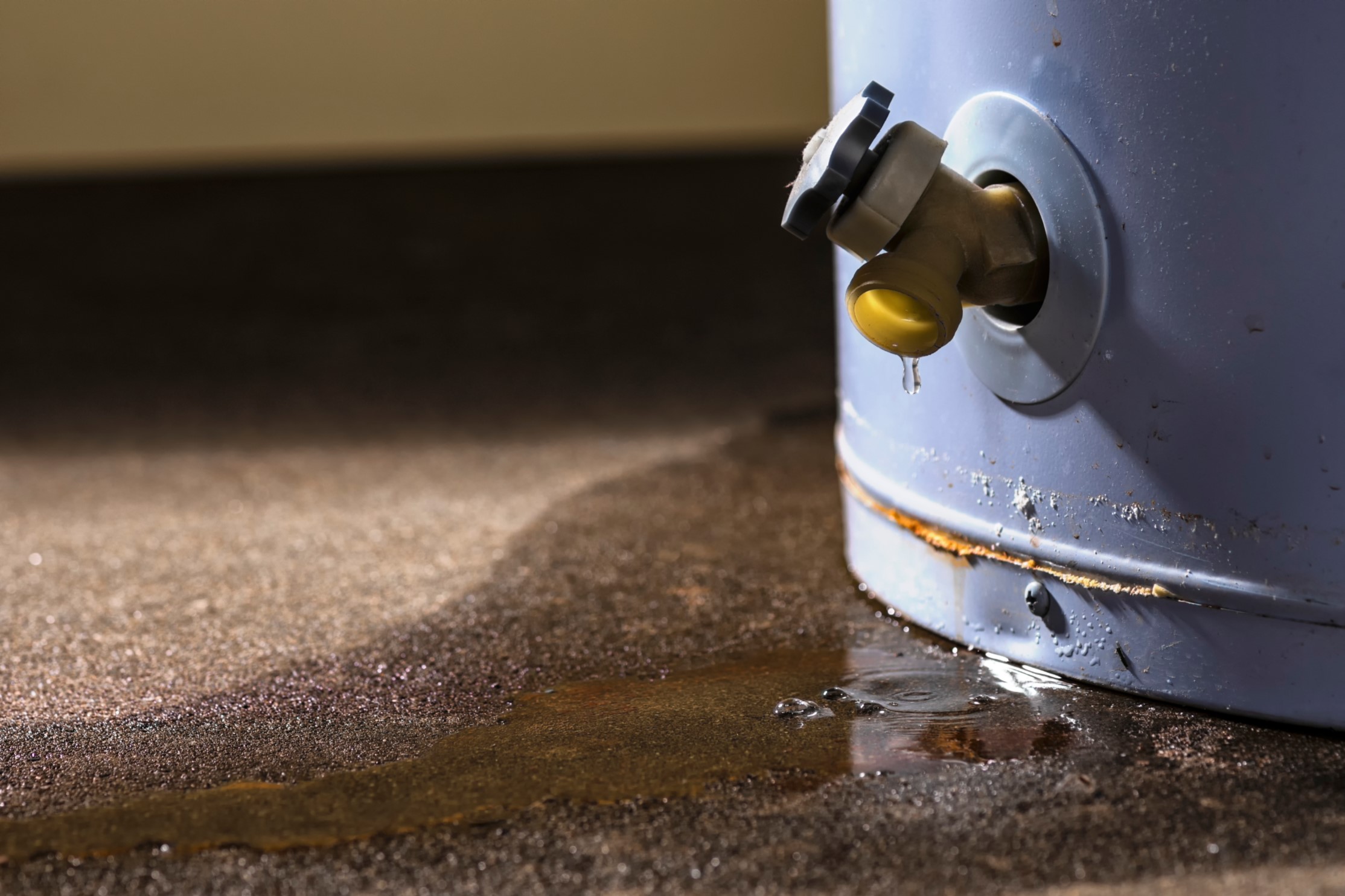Step-by-Step Guide to Caring for Your Home's Hot Water System
Step-by-Step Guide to Caring for Your Home's Hot Water System
Blog Article
We have found the article relating to How to Maintain a Hot Water Heater in a Few Simple Steps directly below on the web and think it made perfect sense to quickly share it with you over here.

Hot water is crucial for daily comfort, whether it's for a rejuvenating shower or cleaning dishes. To ensure your hot water system runs effectively and lasts much longer, regular maintenance is essential. This post offers functional pointers and understandings on how to maintain your home's hot water system to prevent disturbances and pricey repairs.
Introduction
Preserving your home's hot water system might seem complicated, yet with a couple of straightforward actions, you can guarantee it runs smoothly for years to come. This guide covers whatever from comprehending your hot water system to DIY maintenance ideas and understanding when to employ specialist aid.
Relevance of Keeping Your Warm Water System
Normal upkeep not just expands the life-span of your warm water system yet additionally guarantees it runs successfully. Ignoring upkeep can cause reduced effectiveness, higher energy bills, and even early failing of the system.
Indicators Your Warm Water System Requirements Maintenance
Understanding when your hot water system needs focus can protect against significant problems. Watch out for indications such as inconsistent water temperature, weird sounds from the heating system, or rustic water.
Flushing the Water Heater
Flushing your hot water heater gets rid of debris accumulation, improving efficiency and lengthening its life.
Monitoring and Replacing Anode Rods
Anode rods prevent deterioration inside the container. Checking and replacing them when worn out is critical.
Facility Problems Requiring Professional Aid
Examples include significant leakages, electrical problems, or if your hot water heater is regularly underperforming.
Routine Specialist Upkeep Advantages
Professional upkeep can include thorough examinations, tune-ups, and making sure compliance with safety and security requirements.
Examining and Readjusting Temperature Level Settings
Readjusting the temperature setups makes sure optimal efficiency and security.
DIY Tips for Upkeep
You can carry out numerous maintenance jobs yourself to maintain your hot water system in leading condition.
Checking for Leakages
Routinely evaluate pipes and links for leaks, as these can bring about water damage and greater expenses.
Understanding Your Hot Water System
Prior to diving into upkeep tasks, it's handy to comprehend the standard elements of your warm water system. Generally, this consists of the water heater itself, pipelines, anode rods, and temperature level controls.
Monthly Maintenance Tasks
Normal monthly checks can aid catch small concerns before they rise.
Testing Stress Alleviation Valves
Evaluating the stress relief valve ensures it operates correctly and stops excessive pressure build-up.
Insulating Pipes
Shielding hot water pipes lowers heat loss and can save power.
When to Call a Professional
While DIY upkeep is valuable, some issues need specialist knowledge.
Verdict
Normal maintenance of your home's hot water system is necessary for effectiveness, long life, and expense financial savings. By following these ideas and knowing when to seek specialist help, you can make sure a reliable supply of warm water without unanticipated disruptions.
How to Maintain an Instant Hot Water Heater
Before tinkering with your hot water heater, make sure that it’s not powered on. You also have to turn off the main circuit breaker and shut off the main gas line to prevent accidents. Also turn off the water valves connected to your unit to prevent water from flowing into and out of the appliance. 2. When you’re done, you have to detach the purge valves’ caps. These look like the letter “T†and are situated on either side of the water valves. Doing so will release any pressure that has accumulated inside the valves while at the same time avoid hot water from shooting out and burning your skin. 3. When the purge valves’ caps are removed, you have to connect your hosing lines to the valves. Your unit should have come with three hoses but if it didn’t, you can purchase these things from any hardware or home repair shops. You can also get them from retail stores that sell water heating systems. Read the user’s manual and follow it to complete this task properly. When the hosing lines are connected, open the purge port’s valves. 4. You should never use harsh chemical cleaners or solutions when cleaning your unit. Make use of white vinegar instead. It should be undiluted and you’ll probably use about 2 gallons. 5. Now flush your water heater. This task should probably take about 40 minutes. We can’t give you specific directions for this because the procedure is carried out depending on the type, model and brand of your heater. With that being said, refer to the user’s manual. 6. When you’re done draining the unit, you have to turn off the purge port valves again. Remove the hosing lines that you earlier installed on each of the water valves. Put the valve caps (purge port) back in their respective places and be very careful so as not to damage the rubber discs that are found inside these caps. 7. Now that everything’s back in place, check your user’s manual again to find out how to reactivate your water heating system. 8. Once it is working, turn one of your hot water faucets on just to let air pass through the heater’s water supply pipes. Leave the tap on until water flows smoothly out of it. https://www.orrplumbing.com/blog/2014/september/how-to-maintain-an-instant-hot-water-heater/

I ran across that write up about Tips on Maintaining a Water Heater when doing a lookup on the search engines. Liked our review? Please quickly share it. Help other people find it. Thanks a lot for being here. Don't hesitate to check our website back soon.
Click Here Report this page